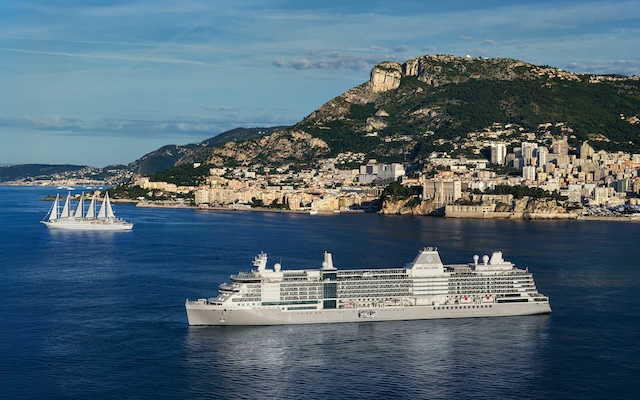Three more destinations – the foothills of Mount Fuji, Niigata, and Yamagata – have been added to the Japan Tourism Agency (JTA) and Japan National Tourism Organization’s (JNTO) project to develop model destinations aimed at spreading the consumption of high-yield inbound travellers. This brings the total number of beneficiary destinations to 14.
The commitment to intensively support the development of rural destinations for quality tourism was initiated last year. The project aims to address challenges in tourism product offerings, accommodation supply, human resources, and connections with overseas trade partners, with support provided by both JTA and JNTO.

Ryo Ito, manager, luxury travel promotion office, global projects department with JNTO, told TTG Asia during ILTM Asia Pacific last week that Mount Fuji, Niigata, and Yamagata were selected for the project based on their strong potential for further tourism development, which will create more reasons for travellers to visit and return.
Niigata, while renowned for its top quality rice and sake, also boast a rich arts movement. The Echigo-Tsumari Art Triennial, held once every three years, is Niigata Prefecture’s signature modern art event, with installations displayed across various sites, including town centres and rice fields.
Ito noted that the Triennial could elevate Niigata’s appeal as an art destination, similar to how the Setouchi Triennale has raised the profile of the Seto Inland Sea islands.
The focus on Niigata will also highlight Sado city, known as the habitat of the Japanese crested ibis.
Yamagata’s natural landscapes and mountain scenery will be promoted in overseas markets where the prefecture remains relatively under the radar compared to other parts of Japan.
For the Mount Fuji foothills, the focus will be on developing and showcasing alternative tourism experiences, aiming to broaden international perceptions of the area beyond hiking.
Asked about the project’s progress with the initial 11 destinations, Ito said there had been “great progress,” particularly in improving accommodation, developing experiences, and strengthening DMCs.
He added that several destinations have participated in international trade shows with JNTO, with Kyushu and Tottori joining ILTM Asia Pacific for the first time this year.
“The response from travel advisors at ILTM Asia Pacific 2025 has been encouraging. Many overseas agencies are looking for new destinations in Japan, not just the popular ones,” reflected Ito.
“We are promoting high quality destinations across Japan so that travel agencies can build itineraries that combine the big and popular cities with lesser-known ones,” he said, adding that travellers can easily access off-the-beaten-track destinations via major transport hubs.



















